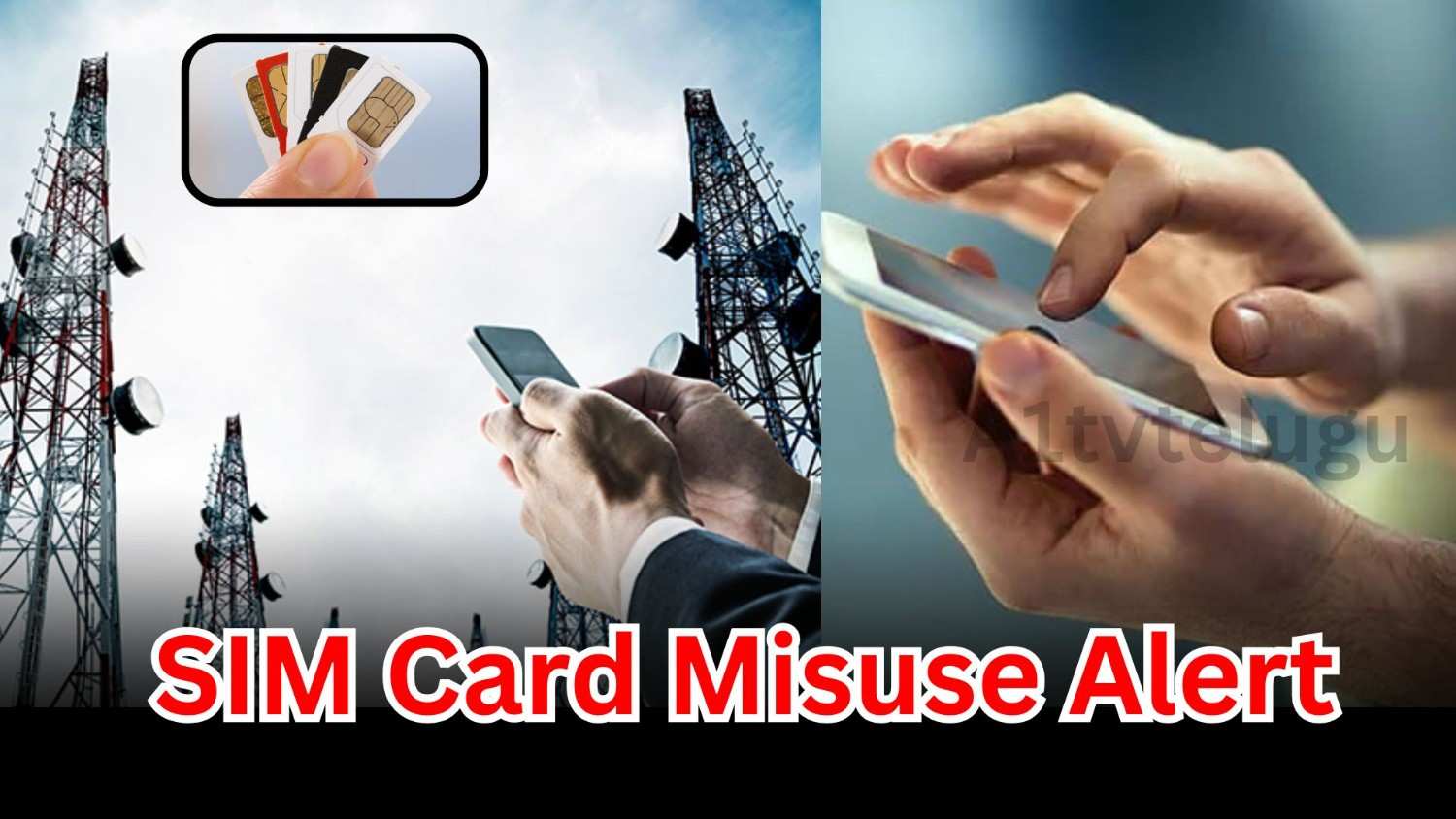@JUDGMENTTAG-ORDER
Jawahar Lal Gupta, J.@mdashOn October 29, 1976, the State of Haryana issued a notification u/s 4 read with Section 17 of the Land Acquisition Act, 1894, for the construction of Handloom Complex of the Haryana State Handlooms and Handicrafts Corporation Limited at Panipat. Land measuring 5 acres 5 Kanals 5 marlas was intended to be acquired. On December 28, 1976, the notification u/s 6 of the Act was issued. Despite the lapse of more than 24 years, no complex has been constructed.
2. The petitioner is a registered society running a school. It claims to be the owner of the land measuring 3 Bighas 18 Biswas. It has a two-fold grievance. Firstly, the sequence of events shows that the emergency provisions had been wrongly invoked. It was a misuse of the statutory power by the respondent-State. Secondly, it is alleged that no compensation has been paid so far. On these premises, the petitioner prays that the impugned notifications in so far as these relate to the land measuring 3 Bighas 18 Biswas belonging to the petitioner and as described in the petition be quashed.
3. No reply has been fifed by the respondent-State of Haryana to even suggest that there was any urgency so as to entitle it to invoke the provisions of Section 17 of the Act. However, reply has been filed by respondent No. 2 viz. The Haryana State Handloom and Handicrafts Corporation Limited, Panipat and Chandigarh. It has been averred by way of preliminary objection that the writ petition is belated. It has been further averred that the award was announced on September 30, 1977. The amount as assessed was deposited with the Collector on October 20, 1977. It has been further stated that the Industries Department has now approved the proposal to get the land developed through the Haryana State Industrial Development Corporation Limited. On these premises, the respondent prays that the writ petition be dismissed.
4. Learned counsel for the parties have been heard.
5. The short question that arises for consideration is -Were the respondents justified in invoking the provisions of Section 17 in the circumstances of this case ? If not, what is the consequence ?
Admittedly the notification u/s 4 read with Section 17 of the Act was issued on October 29, 1976. A copy of this notification is at Annexure P-1 with the writ petition. In this notification it was also mentioned that "the provisions of Section 5A of the said Act shall not apply in regard to this acquisition". Thus, the State had deprived the land owners of the right to even file objections.
6. It is, undoubtedly, true that in case of an emergency the State has the power to dispense with the provisions of Section 5-A by invoking its power u/s 17. However, the existence of an urgent situation is the essential pre-requisite. In the present case, it is the admitted position that nothing has been done on the land from the year 1976 to the year 2001. Can we still hold that the State was justified in invoking its power u/s 17 ?
7. The State has chosen to remain mute. However, in the reply filed on behalf of the Corporation, it has been mentioned that a suit had been filed by some of the encroachers in the year 1988. Assuming it to be so, what was the Corporation doing from October 1976 to January 1988 ? There is no answer. The fact that in the year 1999 the Industries Department was approving the proposal for development of the land by the Haryana State Industrial Development Corporation shows that even the need for constructing the Handloom Complex as expressed in the original notification was totally imaginary. No handloom complex has been constructed or is even now proposed to be constructed.
8. Mr. Gupta points out that the Government is competent to permit change of user. It is, undoubtedly, so, However, the issue is as to whether or not the State had justifiably invoked its emergency powers. The sequence of events completely belies the existence of any urgency. If at all, it bears a living testimony to a total inaction. In such a situation, we find that the action of the respondents was wholly unjustifiable and untenable.
9. Resultantly, the answer to the question as posed above is in the negative. It is held that there was no justification for invoking the urgency clause. The notifications are, thus, liable to be quashed in so far as these relate to the petitioner.
10. Mr. Gupta contends that the petition is belated. We are unable to accept the contention. The respondent is trying to take advantage of its own wrong. The petitioner had waited patiently to see if the respondent would utilise the land. When it found that nothing was being done, the petitioner has approached this Court. The petitioner cannot be accused of any delay so as to disentitle it to the relief. The delay, if any, shows the bona fides of the petitioner.
In view of the fact that we are accepting the contentions with regard to the validity, it is not necessary for us to go into the question of compensation.
No other point has been raised.
In view of the above, the writ petition is allowed. The notification in so far as these relate to the petitioner''s land are set aside. The land shall be restored to the petitioner. In the circumstances of the case, there will be no order as to costs.
11. Petition allowed

